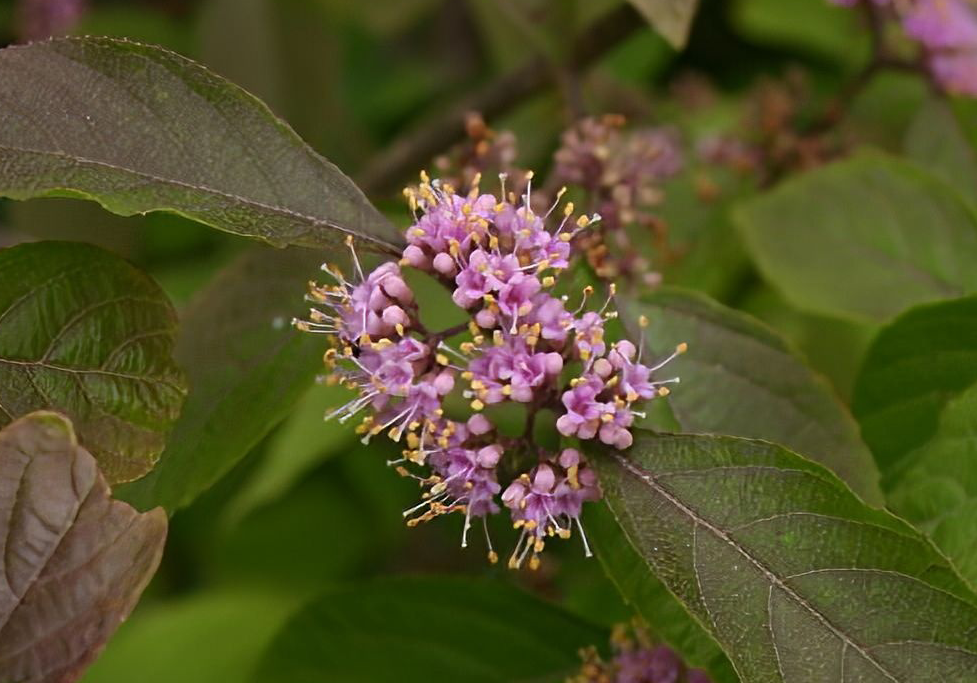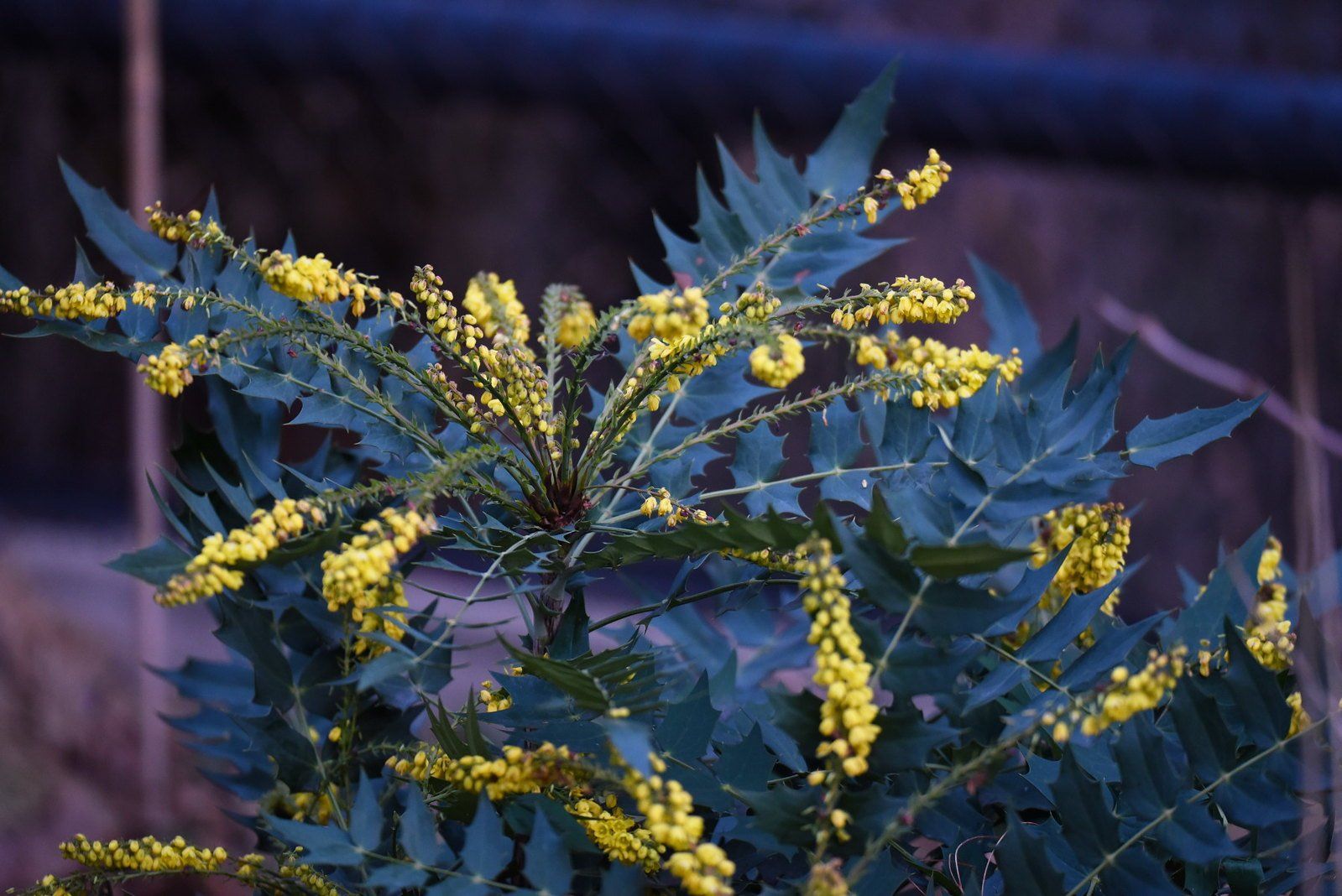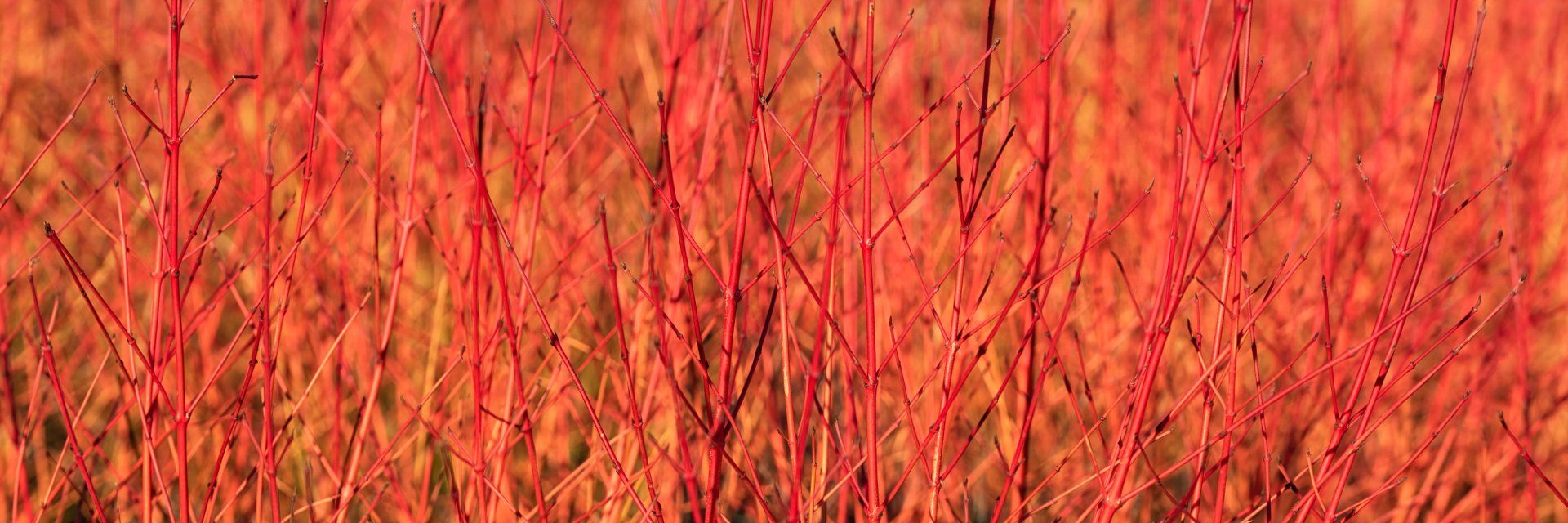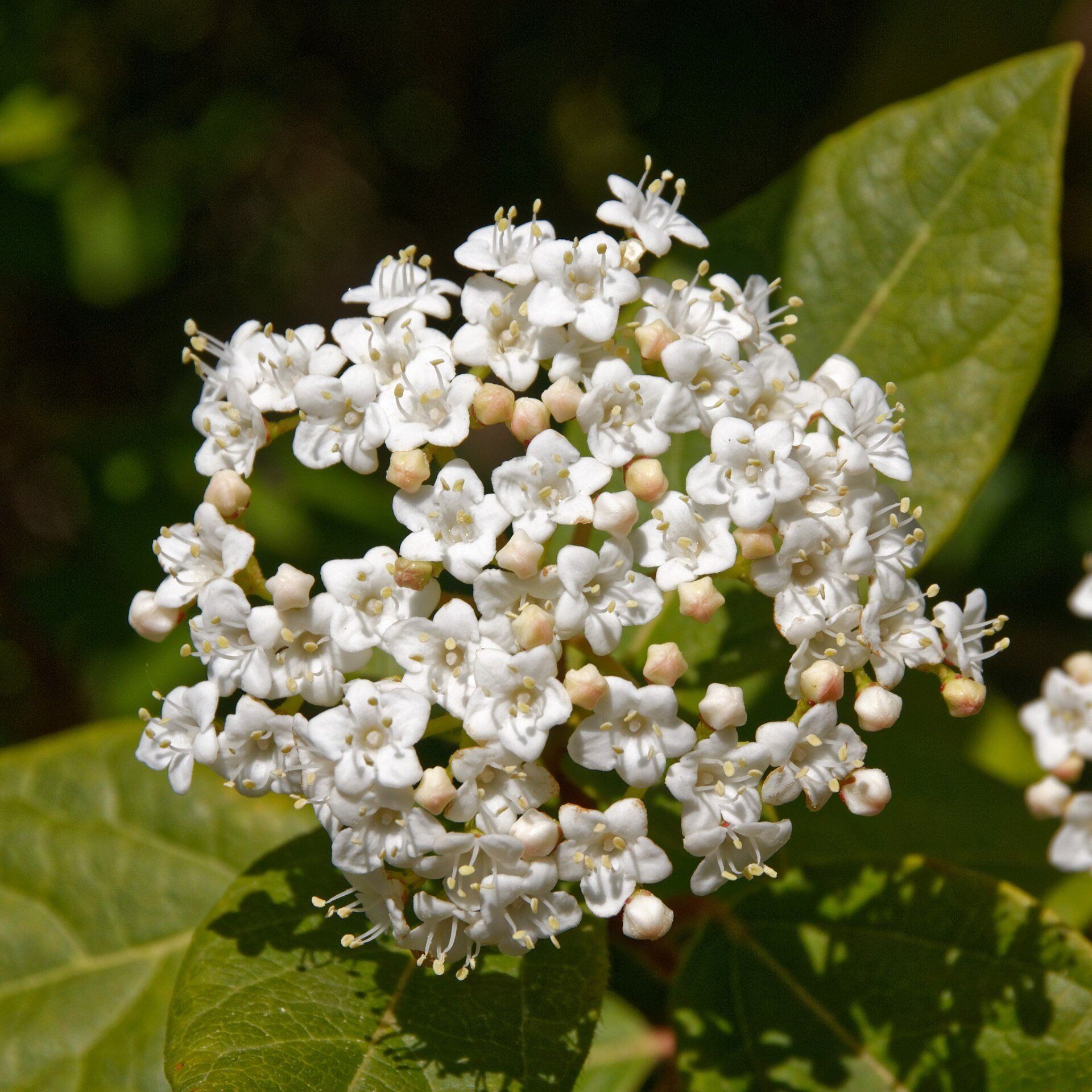Plant of the Week: Callicarpa
Considered one of the most attractive ornamental fruiting shrubs,
Callicarpa bodinieri is a hardy, medium-sized (up to 2.5m high), deciduous shrub that is often referred to as Bodinier's beautyberry. It is native to West and Central China, mainly around the provinces of Szechwan, Hupeh and Shensi, but it was named after Émile-Marie Bodinier, a French missionary and botanist who was stationed in Peking during the 19th century. Broken into its individual Greek words,
Callicarpa means beautiful (kalli) fruit (karpos).
Callicarpa is best known for its large clusters of highly distinctive metallic purple berries. These enchanting berries, which appear in autumn, remain on the bare stalks long after the plant has lost its leaves. They provide an important source of food for wildlife, particularly birds, during the harsh winter months as they are not damaged by freezing, although they will typically not be eaten until other sources of food have been depleted.
The young foliage is often bronze-purple, becoming dark green in summer before turning light yellow to orange in autumn. In midsummer,
Callicarpa bodinieri blooms tiny lilac-coloured tiny star-shaped flowers in the leaf axils.
Callicarpa plants tolerate pruning well and can be pruned lightly straight after flowering to keep them in shape. After pruning, Callicarpa will sprout new growth. However, it will not bear flowers and fruit again until the following year on older wood.
Overall, it is a great garden plant for beginner and expert gardeners alike as it is low maintenance and generally disease and pest free. Callicarpa 'Profusion' is a self-fertile form, but it will produce more berries if planted in small groups of several plants.
Callicarpa bodinieri will thrive in full sunlight where you will see maximum flowering and berry production although they will tolerate dappled shade, stems can become leggy in too much shade. They can even be grown in containers where they can be placed on patios, balconies and gardens without grass. However, this plant prefers an even water supply and should never be left to dry out completely.

Callicarpa bodinieri suits a variety of planting locations and will tolerate a little lime in well-drained soil, but conditions which are too alkaline will cause leaf yellowing. Adding a mulch layer of bark can help prevent this. Over time, organisms in the soil will break down the bark which will help keep the soil acidic.
Want to learn more about plants and gardening?
Join our weekly
Garden group.





